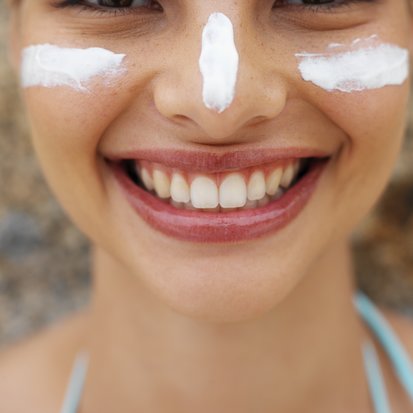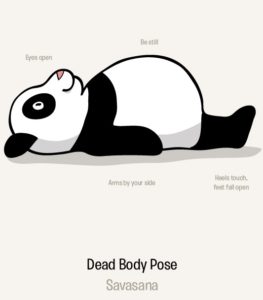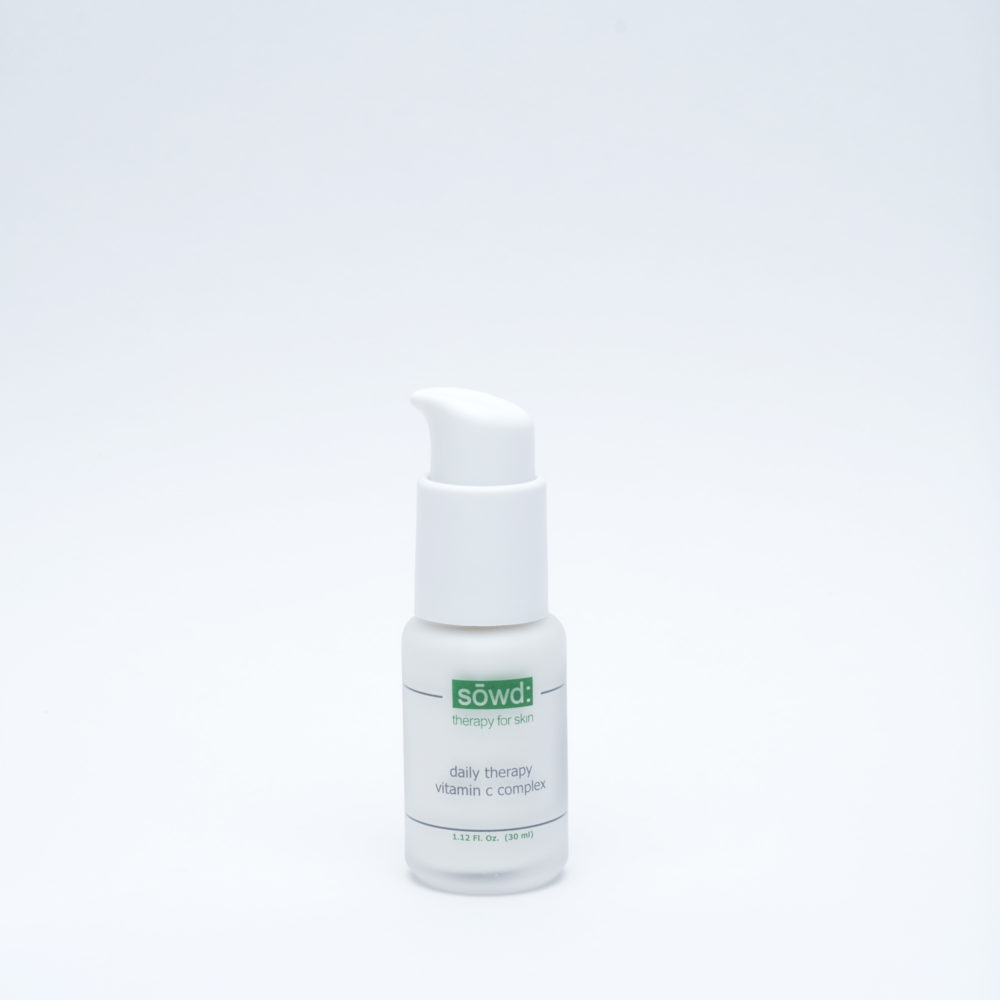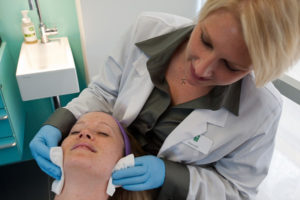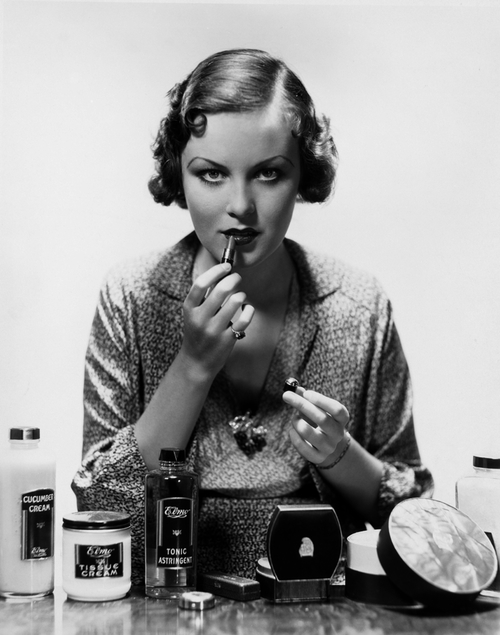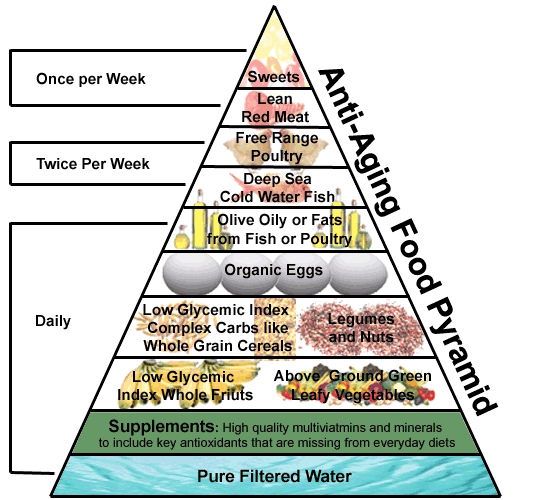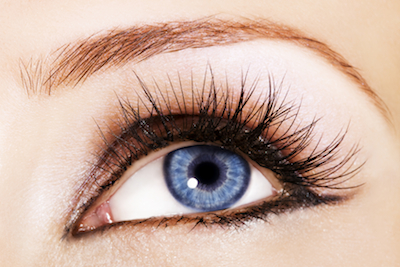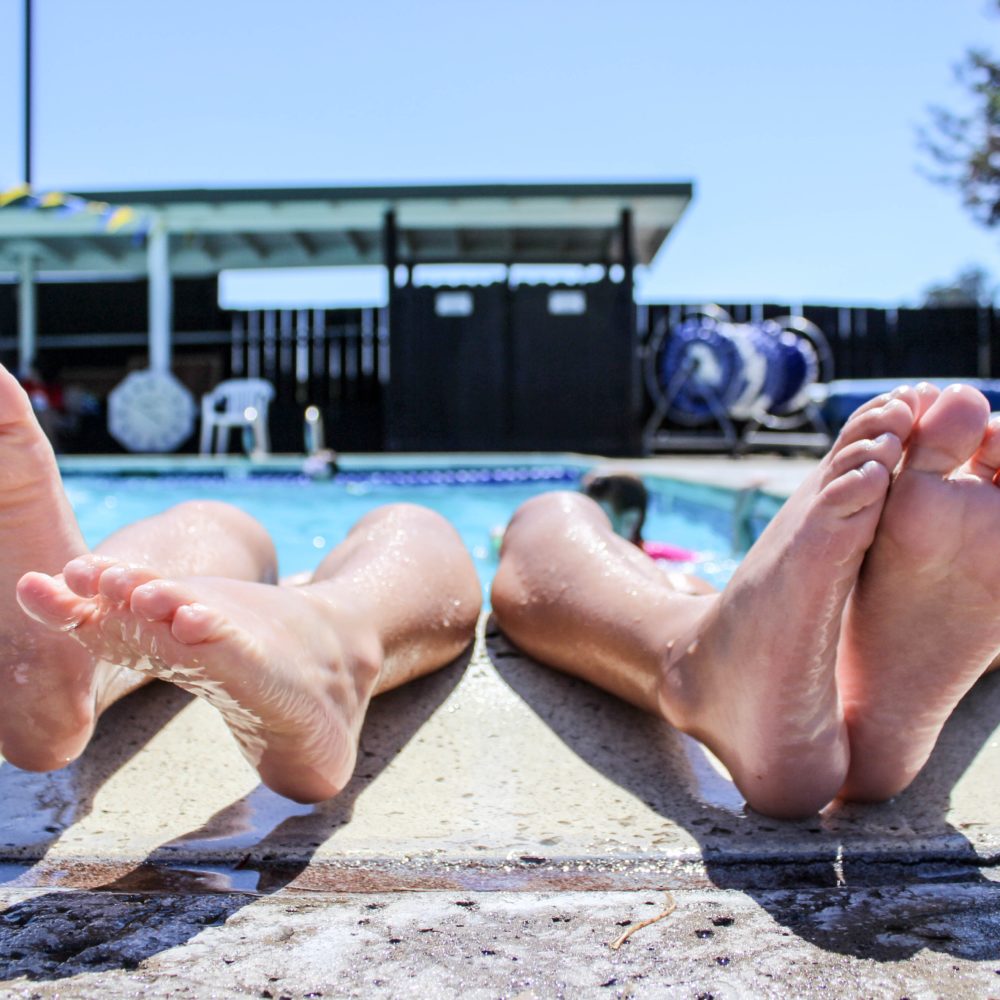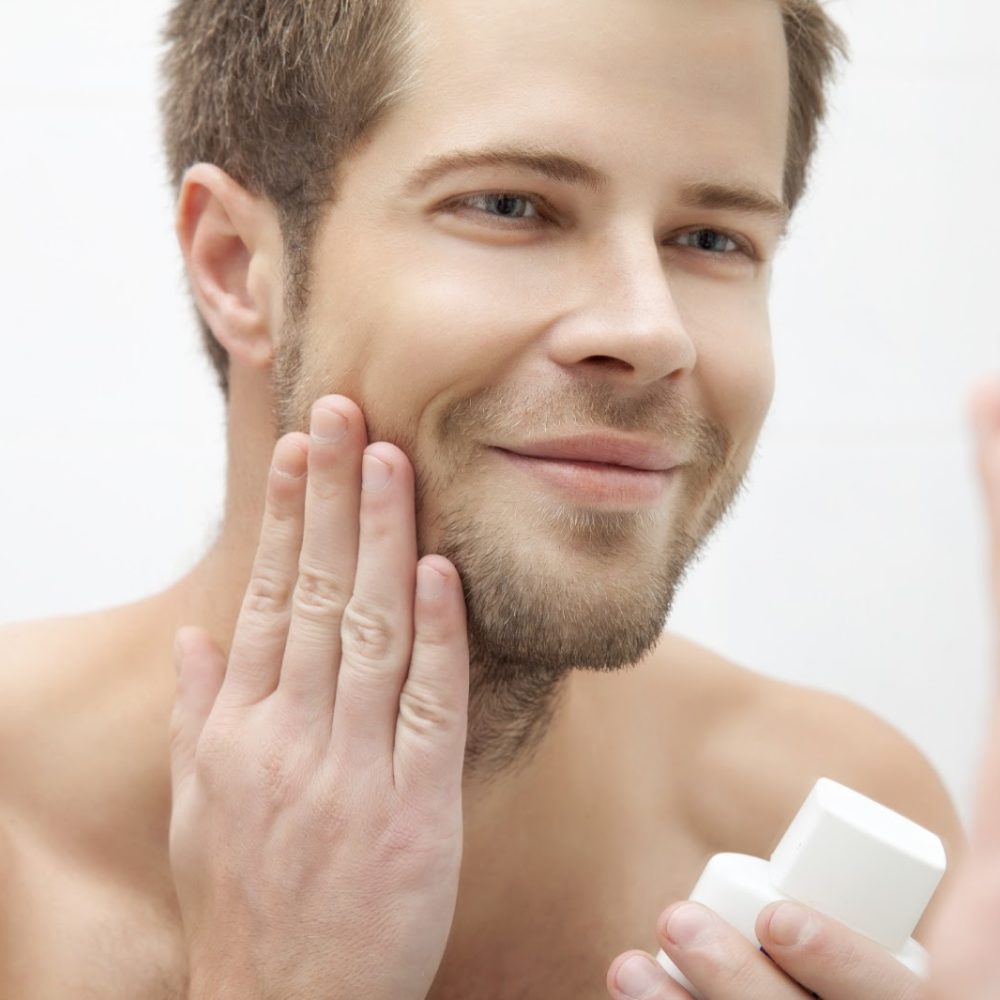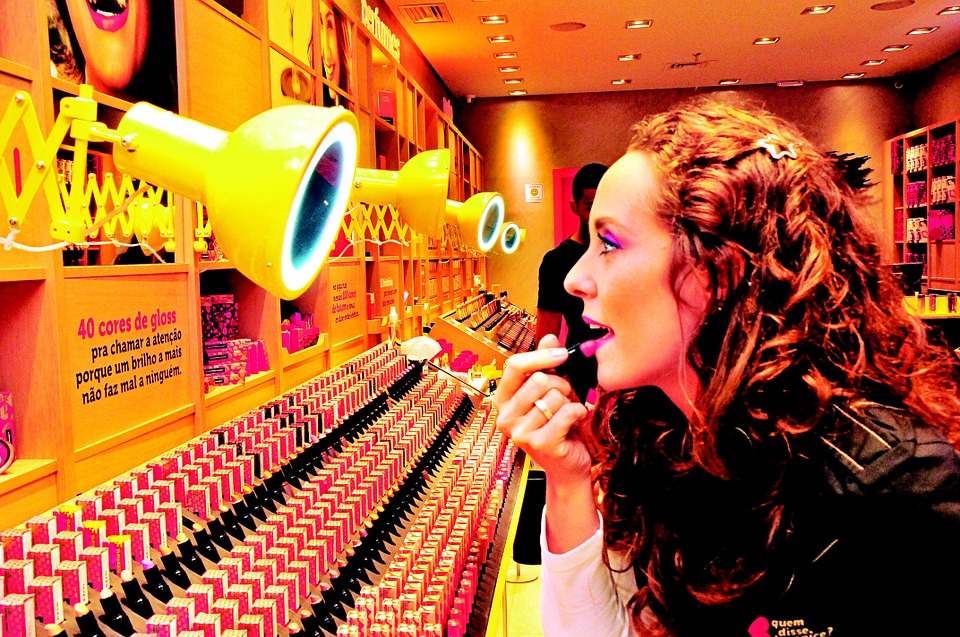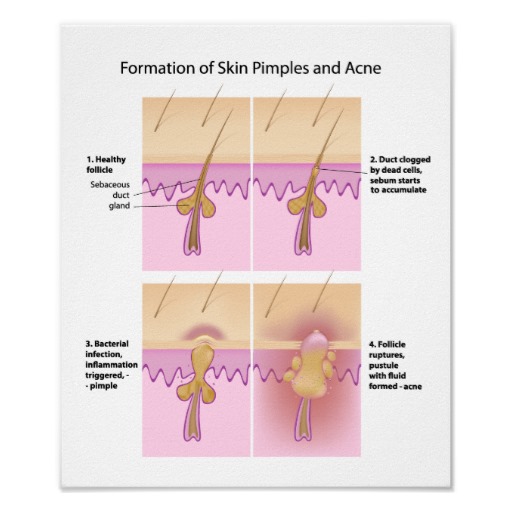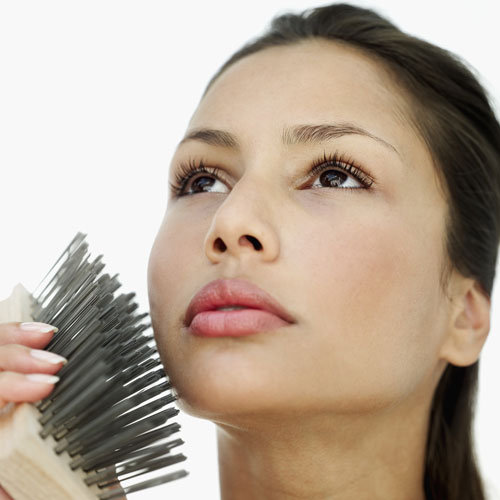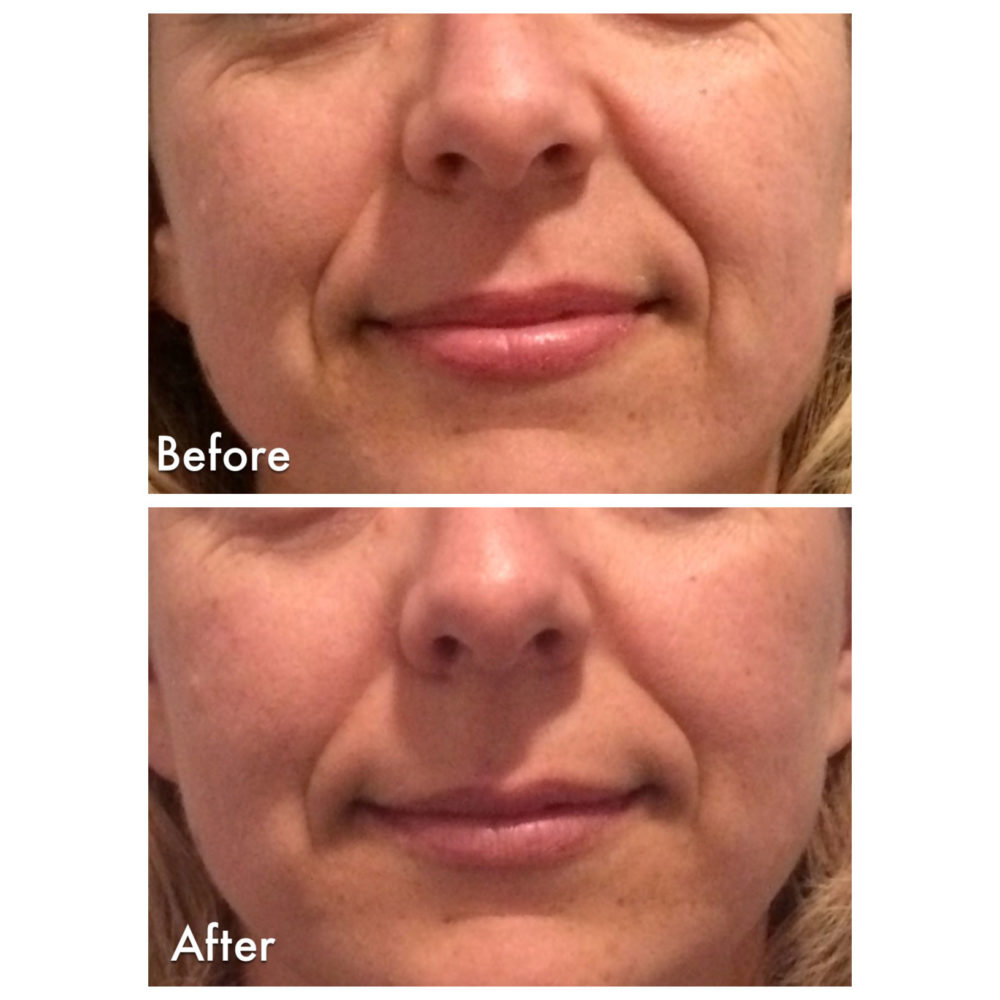This is a post from guest blogger Jacquelyn Omotalade, lifestyle blogger and founder of Ruth Omosunbo.
The weather outside is frightening!
I have a tough time keeping my skin moisturized. The changing weather temperatures are brutal on my skin. I pine for the skin of a newborn baby – soft and delicate. I have found a DIY body scrub that helps me get it.
I am very wary of a lot of over the counter lotions and creams. If I can’t understand or pronounce the words on the back of the container, how do I know the products are safe for my body?
My concerns lead me to develop my own products for my skin at home and the results have been fabulous.
One of my favorite products is my brown sugar and Coffee scrub. It has worked miracles on my skin. I use it 2-3 times a week and find that it helps my skin stay soft and moisturized.
Ingredients
2 cups of coffee grinds
1.5 cups of dark muscovado sugar
2 cups of coconut oil (liquid form)
2 cups of olive oil
2 tablespoons of ginger powder
2 tablespoons of cinnamon powder
1 tablespoon of tee tree oil
½ cup of vegetable glycerin
2 12-16 oz air tight containers
I first add the coffee grinds and sugar into a clean bowl. Add the coconut oil and stir the mixture together. Next add the ginger and cinnamon powders and tea tree oil.
Mix the ingredients together. They should begin to form a paste.
Mix in the olive oil and glycerin. Make sure the paste is completely mixed together.
Coat the inside of the air tight container with coconut oil. Pour the paste into the container.
To use, take a shower as you normally do, then turn off the water and scrub your whole body with the exception of your face with the body scrub. Rub as much of the body scrub as you can off your body, then rinse your body off with luke warm water. Pat your skin dry and go about your day.
Jacquelyn Omotalade is a socially conscious lifestyle blogger, founder of Ruth Omosunbo, a batik and textile boutique founded to enrich the lives of artisans around the world and one of my favorite all around divas! She currently resides in San Francisco.
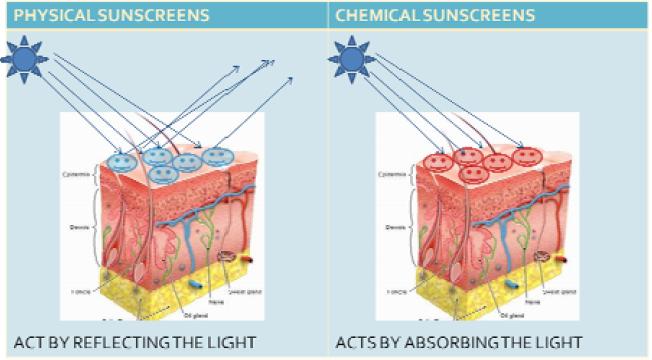 Chemical sunscreen ingredients like avebenzone and oxybenzone absorb the light rays to protect the skin from damage.
Chemical sunscreen ingredients like avebenzone and oxybenzone absorb the light rays to protect the skin from damage.

